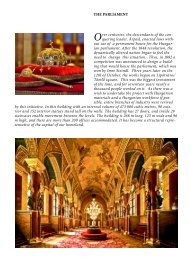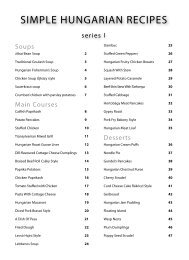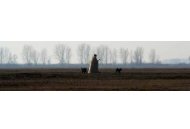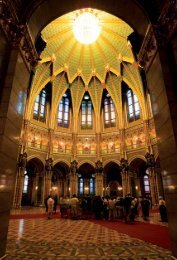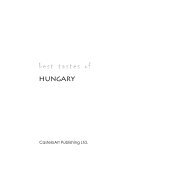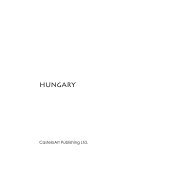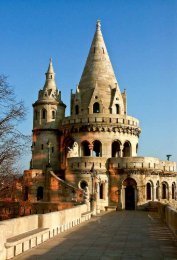You also want an ePaper? Increase the reach of your titles
YUMPU automatically turns print PDFs into web optimized ePapers that Google loves.
THE VAJDAHUNYAD CASTLE<br />
The end of the 19th century brought a special<br />
series of events for Hungarians. The nation<br />
was celebrating the foundation of the state. The<br />
Millennium Exhibition of 1896 was part of these<br />
celebrations. The event resulted in construction<br />
of many new buildings. One of them, found in<br />
the Városliget, was this castle with its four different<br />
architectural styles designed and carried<br />
out by Ignác Alpár. These buildings all display<br />
the stylistic features of other monuments from<br />
Hungary’s past located elsewhere in the country.<br />
The Romanesque period building group includes<br />
the Ják chapel, which still today is a consecrated<br />
place where Roman Catholic mass is celebrated,<br />
the Tompa Tower by the lake and the stone<br />
bridge with the lion statues. The Gothic building<br />
complex includes the Nyebojsza Tower, which is<br />
a copy of the tower in Hunedoara, the great hall<br />
and the Apostles’ Tower. The definitive elements<br />
of the Renaissance-Baroque building group are<br />
the palace in Austrian Baroque style, the Catharine<br />
Bastion Tower, and the French Tower<br />
visible from the lake.<br />
Due to the budget constraints and short<br />
construction deadlines, at first the building<br />
complex was largely made from wood,<br />
but in consideration of the great success,<br />
it was later rebuilt from more durable materials.<br />
The work was completed in 1908.<br />
After the conclusion of the celebration,<br />
the castle was given to the Museum of<br />
Hungarian Agriculture where visitors are<br />
always welcome.<br />
33



